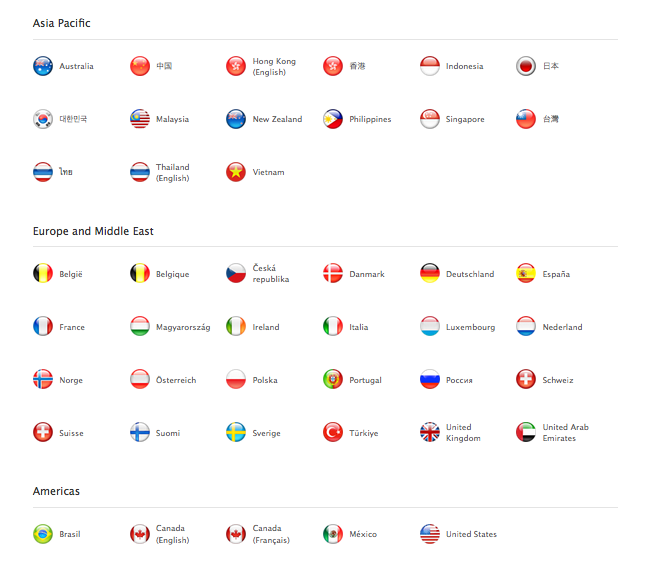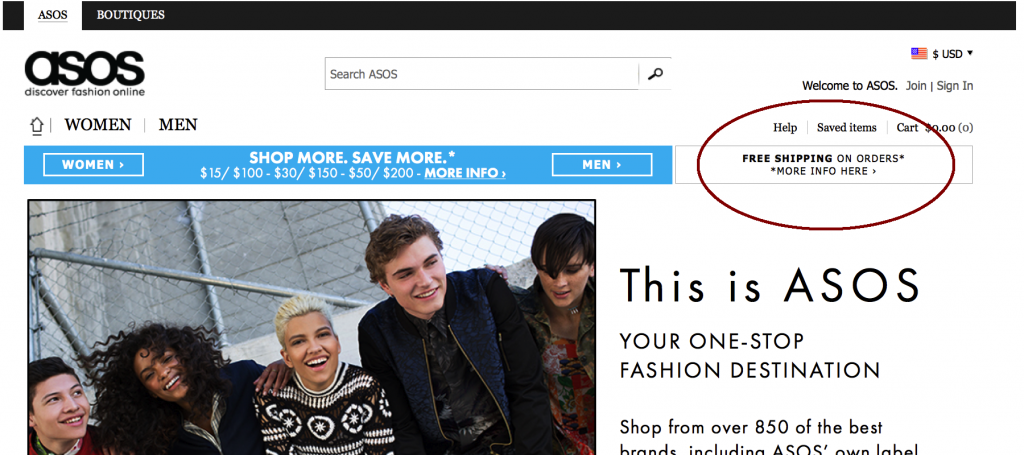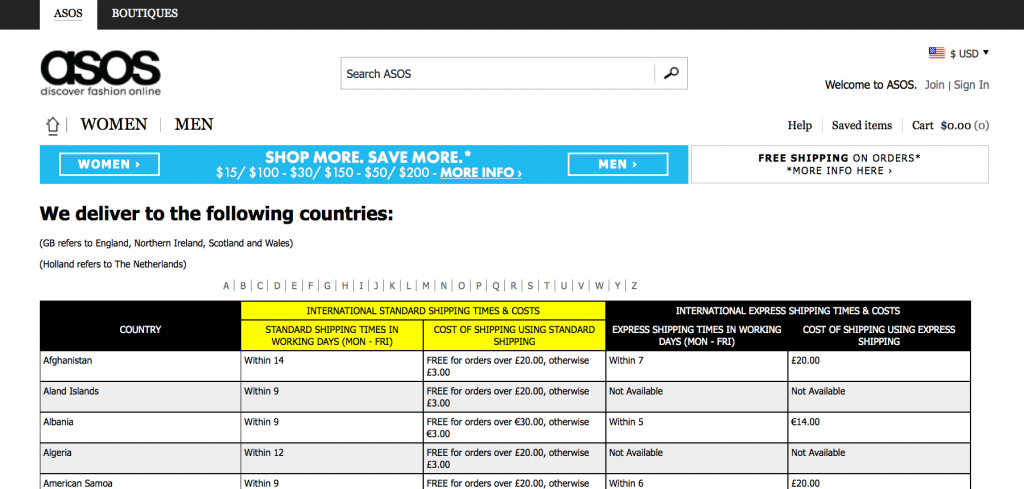Global Retail: The Biggest Challenges to Overcome When Selling Internationally

In today’s digital market space consumers and businesses interact, sell, and buy beyond their local borders. With greater access to foreign markets, many U.S companies are looking to expand overseas and to sell internationally.
Global retail sales, including both in-store and online purchases, surpassed $22 trillion in 2014, according to recent figures from eMarketer. The marketing research firm also predicts a 5.5 % increase in overall international retail sales to $28.3 trillion by 2018.
These figures come as good news: they present opportunities for growth into unprecedented markets; yet, such opportunities are not without their own set of challenges for retailers.
Here, we highlight a number of barriers that can deter businesses from expanding overseas, and offer tips on navigating them.
It is important to know your customer, their preferences, and values in any market; but this task is even more complex in foreign markets. People in different countries place different values and priorities on different products. And some consumers prefer to buy certain products online, while others choose the the traditional marketplace. For example, a survey conducted by Pitney Bowes, a global technology company, found that while people in most foreign markets prefer to buy apparel and footwear in person, Chinese consumers are more likely to buy these items online.
Understanding where consumers are buying and how much they are willing to spend is critical. For instance, online retail sales are highest in the U.K, China, Finland, Norway, South Korea, and Denmark; and are estimated to lead sales into 2018. Expanding into these countries would likely be most profitable for businesses. Equally important, businesses need to know how much consumers are willing to pay for each product, in order to stay competitive in local markets.
Consumers in different countries also prefer different payment methods. In Japan, for example, over half prefer to make credit card payments when buying online, but in Germany approximately 70% prefer Direct Debit and Bank Wire Transfer.
TIP: Businesses should coordinate with service providers who can tackle these cultural challenges, assess the market strength of each country, and are able to point out what your customer wants to buy, how much they are willing to pay, where they want to buy, and how they prefer to pay.
The inability to communicate with customers is one of one of the biggest barriers to selling internationally. Translation, however, is not enough. Language differences are subtle and complex. For example, the literal translation of KFC’s infamous slogan “Finger-lickin’good” in Chinese is “Eat your fingers off.” Not surprisingly, the company had a bad start there in the 1980s. Other examples of language translations fails illustrate this point, and can be seen here.

Language preferences extend beyond words. Nuanced details, such as date and time display preferences matter. Guaranteeing shipping by 5/4/2015, for example, means May 4, 2015 in the U.S., but is April 5, 2015 in the U.K. Not catching this detail would upset customers in the U.K when their package arrives one month later than they had expected.
Communication preferences for receiving retail promotions in each country are important. According to the Pitney Bowes survey, over half of international consumers prefer email, but 25 percent still prefer catalog and direct mail. Interestingly, Asian consumers prefer text messages and social media.
TIPS:
1. Businesses should provide information in local languages, and their websites should be tailored to each country’s language(s). Apple’s website is a great example. Users there can select their country or region, and the language(s) within each country.

2. In addition, having customer representatives who can speak local languages is important and helps prevents misunderstandings. To meet different communication preferences, design a multichannel communications strategy.
Perhaps one of the most daunting barriers for businesses selling internationally are shipping costs, duties, taxes, regulations, and export and import laws.
When selling overseas, retailers need to consider the regulations and rules of each country. Restrictions in some foreign markets can even sometimes seem borderline ridiculous. Some examples illustrate these frustrating export and import rules to look out for: Avatar in 3D is banned in China (but, interestingly, the film in 2D is not); and Scrabble is banned in Romania.
The returns process is also frustrating for businesses. In the same way that retailers must consider each country’s laws when selling, they must also do the same during the returns process. Processing returns also involves the documentation and calculation of shipping costs,border duties and taxes paid to foreign governments of each market.
Businesses must also appease consumers, in addition to figuring out the complex matrix to these different rules. It is not uncommon to find customers abandoning their carts after finding out how high cross-border duties, taxes, and international shipping costs can be.
TIPS:
1. Be clear about shipping costs, taxes, and border duties upfront to consumers. ASOS is a great example of this practice. They display their international shipping policy upfront, and customers can click “MORE INFO HERE” to learn more.

International shipping time and costs on their site are clearly spelled out here:

2. Businesses should also work with international shipping service providers who can take care of the complex process of shipping costs, duties, taxes, etc. Such providers can provide end-to-end support, and assist your business at every step of the process. Click here for a list of the top international shipping providers.
Closing Thoughts/Additional Resources
Despite these challenges, leaders and entrepreneurs in the global retail world are optimistic. “Selling, internationally can be easier than many sellers expect,” says Beta Warpas, Webinterpret Senior Customer Success Specialist. There are providers and services, such as Amazon, she says that can help your global retail business, and make the process of selling internationally easier.
Even if retailers don’t agree, there are many reasons why businesses should still consider becoming a global retail company. Expanding beyond U.S markets brings great benefits, including: greater customer base, increased revenue and profits, higher product saturation and impact, economies of scales, and more.
We hope that this article helps in guiding you through these challenges as you develop your business plan to expand overseas.
To learn more, here are some resources:
